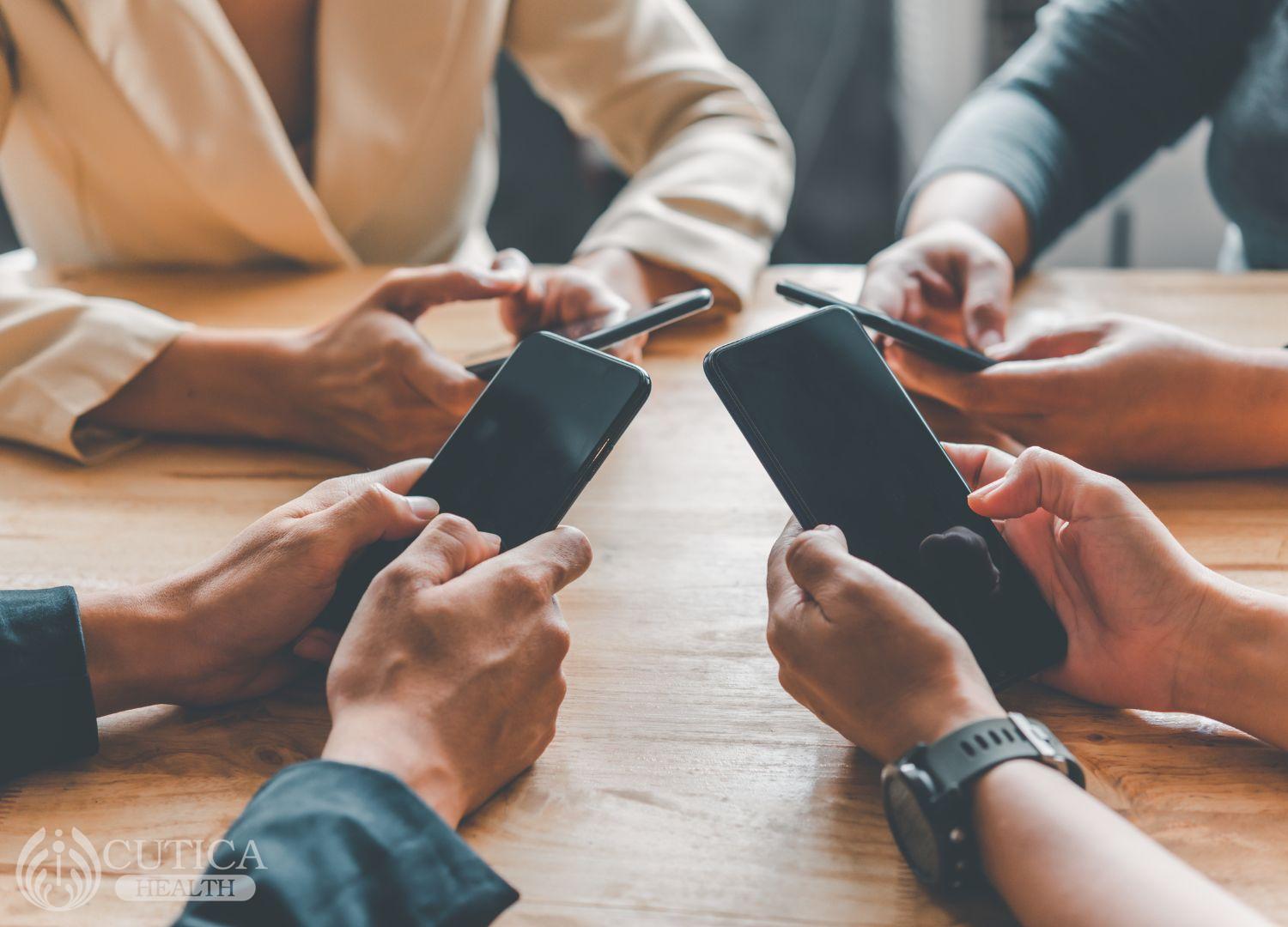"Namjoon starts his day by reaching for his phone. He checks for important work notifications, responds to those, and immediately after, checks his social media. He hops from Twitter to Instagram to Snapchat and before he knows it, he has spent 2 hours online. He gets started on his work for the day, but he is often distracted by social media notifications. By lunch time, he has spent just 30 minutes on actual work and 3 hours on his social media platforms."
If someone asked you what you were doing before you started reading this article. You would probably say, " I was just browsing through Twitter, Instagram, or Facebook." In fact, you might have found the link to the article on one of these platforms!
Social media make communication with people, business, and keeping up with news across the globe easy and possible. In modern times, however, social media overuse has become a norm, even leading to addiction in some cases.
Social media addiction is a behavioral addiction where the individual experiences an uncontrollable urge to use social media, is very concerned about social media, and dedicates large amounts of time and effort to social media use, such that other areas of life are affected.

Why is it possible to be addicted to social media?
Social media addiction, like other forms of addiction, is due to dopamine stimulation. When you exercise, eat something delicious, or smash a major goal, the brain releases dopamine as a form of reward.
Dopamine creates a pleasurable feeling through the body. Most human beings like this sensation and are motivated to repeat the behaviour.
Hard drugs such as cocaine and marijuana, and activities such as gambling trigger the release of dopamine in excess. People become addicted when they frequently use the object to trigger the pleasure dopamine creates.
Likewise, social media platforms have their own mechanisms (retweets, shares, likes, pins, and follows) that trigger the release of dopamine. In fact, scientists have compared the intensity of dopamine released by social media interactions to that triggered by cocaine use.
When someone likes your social media post, retweets your comment, or follows you, you experience the pleasurable rush of dopamine. You feel good, your self-esteem and self-worth are boosted. This increases the chance that you will go online and repeat these behaviours. The more dependent you get on this feeling, the more addicted you become to the platform.
How do I recognize social media addiction?
Most people are habitual social media users, it's a part of their daily routine.
But using social media often doesn't mean you are addicted. To determine if you or someone you know is at risk for social media addiction, use this checklist:
- Feels a strong, sometimes uncontrollable urge to use social media
- Spends a lot of time thinking about or planning to use social media
- Uses social media to forget personal problems
- Becomes troubled or restless if unable to access social media
- Tries to reduce social media use without much success
- Social media use has negatively impacted their work, studies, or relationships
A positive response to more than 3 of these items may indicate the presence of addiction.

How can social media dependence be reduced?
- Try a digital detox: This means allotting time to spend without your devices. You can turn them off or leave them in a different space from the one you are in.
- Opt for alternative means of communication and information: For example, send offline text messages, call, or hangout in person. Read a newspaper or discuss recent events with a friend.
- Be aware of why and how you are using social media and work on those things. Are you going online to feel better about yourself? Or to compare your life to others? Or to seek attention?
- Spend time in reality: Talk with friends or family without a gadget in between. Go on long walks with your pet or alone. Read a physical book, exercise, decongest your room.
- Set real life goals to stimulate a healthy dopamine release: For instance, no gadgets for the next 2 hours, no gadgets at mealtimes, do 20 push-ups instead of 10, get an A on an assignment.


